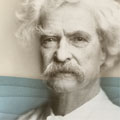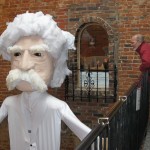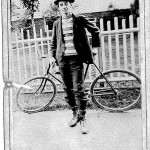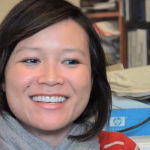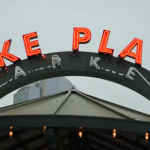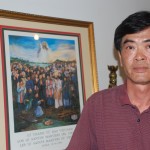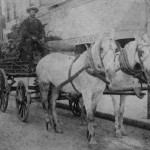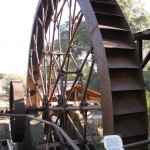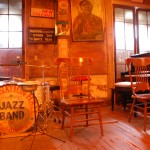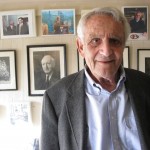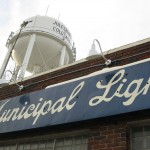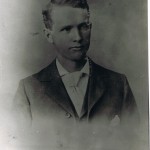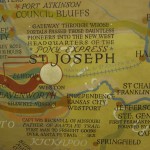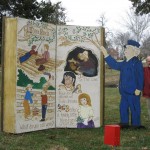Twinship—dual identity, two selves inhabiting the same body—intrigued Mark Twain and flooded his fiction. He was fascinated by an exhibition of Giacomo and Giovanni Tocci, Italian brothers conjoined at the rib cage with one set of legs and two sets of arms.
But Chang and Eng Bunker, the original “Siamese twins” who starred in United States exhibitions, were the first conjoined twins to attract Twain. He wrote about them in a humorous 1868 essay and drew in part on them for his novel The Tragedy of Pudd’nhead Wilson.
So when we arrived in Philadelphia, we had to visit the Mütter Museum, home not only to collections of abnormal human tumors, skeletons and other body parts, but also to plaster casts of Chang and Eng Bunker, made after their autopsy in 1874.
What better person to tell the story of the conjoined Bunkers than J Nathan Bazzel, communications director of The College of Physicians of Philadelphia, home to the Mütter Museum. Bazzel is, in one sense, a living exhibit in the museum.
Bazzell has sought to educate people about the HIV/AIDS-related complication, Avascular Necrosis (AVN). As a result of AVN, he had to have his hips replaced with titanium ones. He donated his original hips to the museum, which plans to display them. He refers to humans on exhibit as roommates: “They are me, and I am them.”
Dan Tham’s video captures Bazzel’s account of the amazing life and death of Chang and Eng Bunker.
Loren Ghiglione

